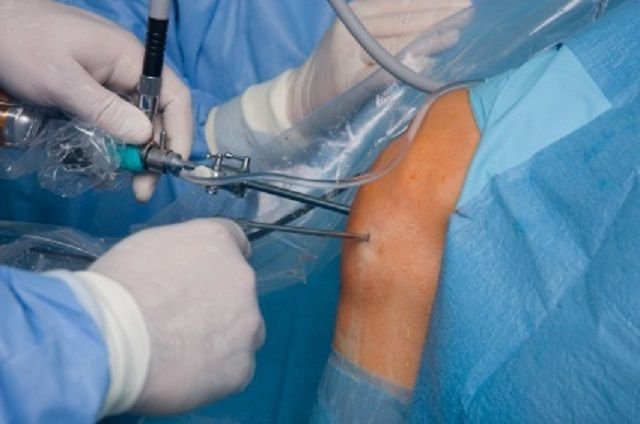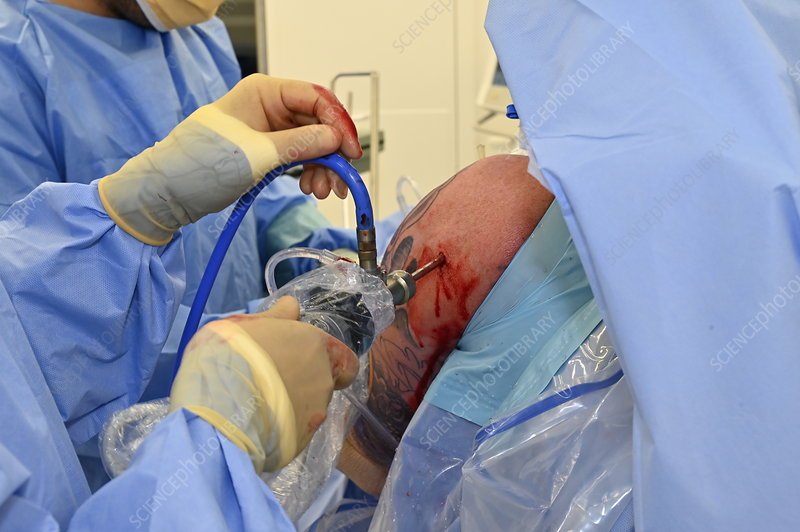Knee arthroscopy is a minimally invasive surgical procedure used to diagnose and treat a variety of knee joint problems. During knee arthroscopy, a surgeon inserts a small camera, called an arthroscope, into the knee joint through small incisions. This arthroscope allows the surgeon to view the inside of the knee on a monitor, enabling them to examine the joint and diagnose conditions such as cartilage damage, chondromalacia meniscus tear, ligament injury(ACL, PCL, MCL, LCL) loose fragments of bone or cartilage, and damaged joint surfaces. Knee arthroscopy is generally performed under local, regional, or general anesthesia, depending on the extent of the procedure. Compared to traditional open surgery, knee arthroscopy offers several advantages, including smaller incisions, less tissue damage, reduced pain and swelling, faster recovery times, and lower risk of complications. While knee arthroscopy is effective for many knee conditions, not all knee problems can be treated with this technique.

Knee Arthroscopy
Shoulder Arthroscopy
Shoulder arthroscopy is a minimally invasive surgical procedure used to diagnose and treat various shoulder joint problems. During shoulder arthroscopy, a surgeon inserts a small camera, called an arthroscope, into the shoulder joint through small incisions. This arthroscope allows the surgeon to visualize the inside of the shoulder joint on a monitor, facilitating a thorough examination and accurate diagnosis of conditions. The arthroscope used in shoulder arthroscopy is equipped with a small camera that provides high-definition images of the inside of the shoulder joint. This allows the surgeon to inspect the cartilage, ligaments, tendons, and other structures in real-time. Diagnostic procedures can include evaluating for injuries such as rotator cuff tears, labral tears (SLAP tears), shoulder instability, and arthritis. Removal of bone spurs or inflamed tissue that may be causing shoulder impingement syndrome. Techniques to stabilize the shoulder joint, such as Bankart repair for recurrent shoulder dislocations. Shoulder arthroscopy continues to evolve with advancements in technology and surgical techniques.
